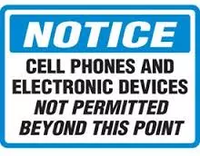
Camera Security Signs
Signs that restrict the use of camera and recording equipment in specific areas
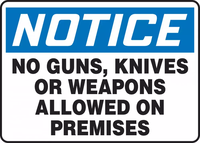
Weapons Security Signs
Signs to indicate that guns, knives and other weapons are prohibited.
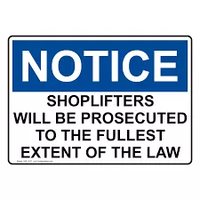
Retail Security Signs
Security signs for use in stores and other retail establishments
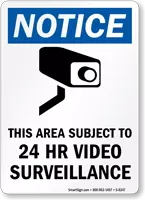
Video Surveillance Security Signs
Indicate the presence of surveillance equipment with these crime-reducing signs
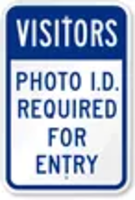
Visitor Security Signs
Control the flow of visitors and guests with these signs
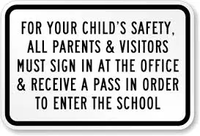
School Security Signs
Essential signs to enhance school security
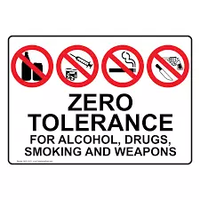
Drug and Alcohol Security Signs
Signs that prohibit possession of drugs or alcohol
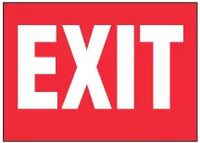
Exit Signs
Essential signs marking exits and emergency exits for your workplace.
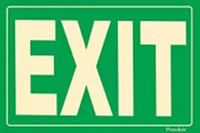
Glow in the Dark Signs & Facility Markings
Idesco's Glow-in-the-Dark safety signs are photoluminescent and remain visible after lights are turned off or power is cut off.
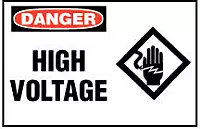
Electrical Signs
These essential signs mark areas where dangerous or high voltage electrical conditions may be present.
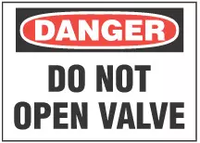
Operational Signs
These multi-purpose signs indicate specific operational warnings, requirements or instructions.
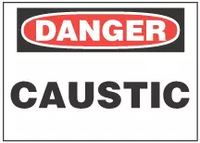
Hazardous Material Signs
Use these signs to warn employees of the presence of hazardous materials.
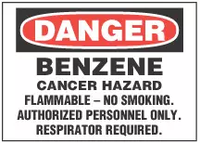
Fire-Fighting Signs
Essential signs to point out fire-fighting equipment or potential fire hazards.
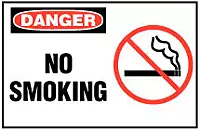
No Smoking Signs
Use these signs to prevent people from smoking in areas that are designated smoke-free.
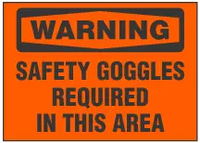
Personal Protection Required Signs
Important signs that warn employees to use specific personal protection such as goggles, gloves, or other Personal Protection Equipment.
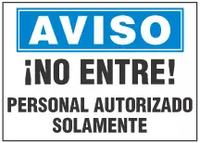
Bilingual Safety Signs
For work areas with employees who may not speak English, use these bilingual signs.
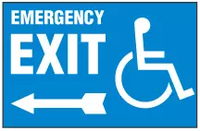
Handicapped Accessible Signs
These essential signs are ADA-compliant and allow you to mark areas that are handicapped accessible.
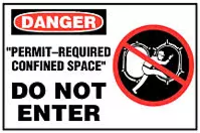
Restricted Entry and Confined Space Signs
These signs mark rooms, confined spaces or designated areas that are for authorized personnel only.
NOTE: 232A should not be here - it should be Handicapped Accessible
NOTE: 232A should not be here - it should be Handicapped Accessible
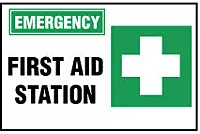
Safety Practices & First Aid Signs
Use these important signs to encourage safe work practices and to indicate First Aid stations.
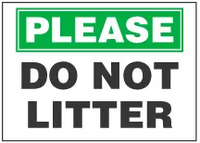
Sanitation Signs
These basic signs encourage clean and safe work practices.
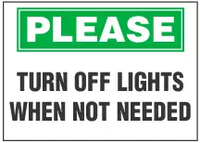
Green Signs, Conservation & Environmental
Use these signs to indicate recycling stations and to heighten resource conservation awareness.
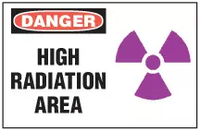
Radiation & Laser Warning Signs
These warning signs alert employees to the presence of dangerous radiation or lasers.
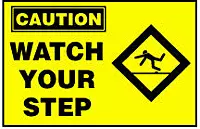
Walking & Traffic Hazard Signs
Built to last in the toughest industrial environments! Our signs are available in the classic OSHA format as well as in the ANSI spec. The choice is yours.
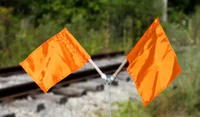
Blue Flag Railroad Safety Signs, Flags & Tags
Introducing our line of Idesco Safety Blue Flag Signs and Tags for Railroads.